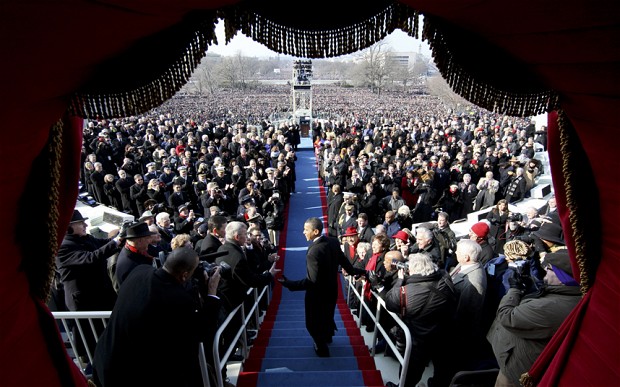What better month than January to tackle the topic of public participation? President Obama was inaugurated this month, earning a second term after 120 million Americans joined in one of our nation’s most sacred public-participation rituals – voting. January 15th was the birthday of Dr. Martin Luther King Jr., who spent his life fighting for the public-participation rights of every citizen, regardless of skin color.
In January, the Collaborative Services blog explored the nuances of public participation by talking to people whose careers depend on understanding those nuances. We learned about the six levels of consensus, which can range from someone willing to voice strong support for a decision to someone who insists on voicing public opposition.
We talked to Gordon Kovtun of KCM Group, who has helped spearhead the controversial proposal to convert the heart of Balboa Park into a pedestrian-only enclave. He talked about the hundreds of public meetings and the 66 design changes to the Plaza de Panama proposal that came directly from public input. Kovtun and other supporters of the project still have plenty of work to do; a judge ruled that the plan violates city law. So, back to engaging, listening, and solving.
We talked to Kevin Fayles of Envision Utah, a group that devised a pioneering model for public participation that is now used by cities and states all over the country. He described the Envision Utah model as an almost perfect example of “democracy in action.”
Public participation would be nothing without freedom of speech. So, we talked to Emily Curran, Executive Director of Boston’s legendary Old South Meeting House, the spot of some of America’s most famous debates, including the debate that launched the Boston Tea Party and the American Revolution. She described how the building has become one of our nation’s most visible symbols of the right to free expression.
We want to thank all of these folks for taking the time to contribute to our award-winning blog. Collaborative Services is first and foremost a public-involvement firm that seeks to unite people and communities and give them a voice in their growth and development.
As our contributors this month showed, public involvement is everything from listening to speaking your mind. So for the remainder of the year, we’ll hear from people all over the nation about communications that help in all kinds of settings. We start with a means of communication that has changed before our very eyes: the news. The press is such a fundamental part of America’s democracy that it has been nicknamed “The Fourth Estate” for its role in our system of checks and balances.
But in this age of instant information, is the Fourth Estate weakened or strengthened? In February, this blog turns its attention to the news media – its history and its evolution at a time when the Internet and social media are changing all the rules of the game.
Thank you for reading.
Catherine Smith, President
Collaborative Services, Inc.






Recent Comments